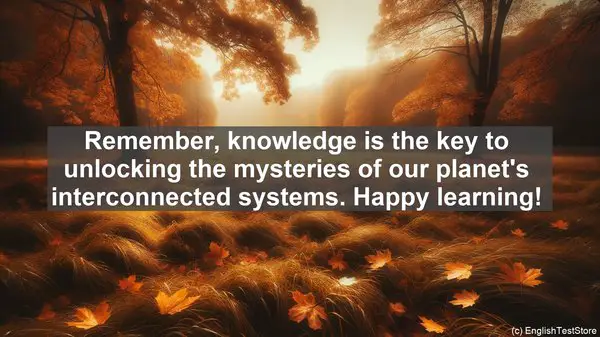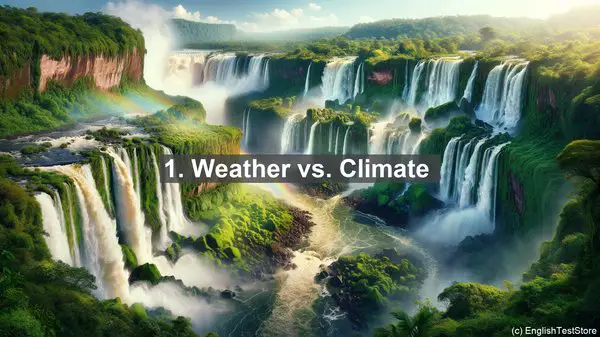Introduction to Biogeochemical Cycles
Today, we are going to dive into the fascinating world of biogeochemical cycles. These cycles are essential for the functioning of our planet’s ecosystems, as they involve the movement of elements and compounds through various reservoirs.
1. Weather vs. Climate
One of the most common confusions in the context of biogeochemical cycles is the difference between weather and climate. Weather refers to the short-term atmospheric conditions, while climate represents the long-term patterns in weather. Understanding this distinction is crucial, as climate change can have significant impacts on biogeochemical cycles.

2. Decomposition vs. Detritivores
Decomposition and detritivores are often used interchangeably, but they have distinct meanings. Decomposition is the process by which organic matter breaks down into simpler compounds, while detritivores are the organisms, such as earthworms and fungi, that facilitate this breakdown. Without detritivores, the cycling of nutrients would be severely disrupted.
3. Eutrophication vs. Oligotrophication
Eutrophication and oligotrophication are two contrasting processes in aquatic ecosystems. Eutrophication occurs when there is an excessive influx of nutrients, leading to an overgrowth of algae and other plants. On the other hand, oligotrophication is the gradual nutrient depletion, often resulting from human activities. Both processes can have significant ecological consequences.
4. Leaching vs. Runoff
Leaching and runoff are pathways through which substances, such as nutrients or pollutants, move in the environment. Leaching refers to the downward movement of substances through the soil, while runoff is the lateral flow of water, often carrying these substances, on the land surface. Both processes contribute to the transport of materials in biogeochemical cycles.

5. Photosynthesis vs. Respiration
Photosynthesis and respiration are fundamental processes in the carbon cycle. Photosynthesis involves the conversion of carbon dioxide and sunlight into glucose and oxygen, while respiration is the reverse process, releasing carbon dioxide as a byproduct. These interconnected processes play a crucial role in maintaining the balance of atmospheric carbon dioxide.
6. Transpiration vs. Evaporation
Transpiration and evaporation are both mechanisms by which water moves from the Earth’s surface to the atmosphere. Transpiration specifically refers to the release of water vapor from plants’ leaves, while evaporation is the general process of liquid water turning into vapor. Together, these processes contribute to the water cycle.
7. Nitrogen Fixation vs. Nitrification
Nitrogen fixation and nitrification are essential steps in the nitrogen cycle. Nitrogen fixation is the conversion of atmospheric nitrogen into forms that can be used by plants, often facilitated by nitrogen-fixing bacteria. Nitrification, on the other hand, is the conversion of ammonia into nitrate, which is also plant-available. Both processes are vital for nitrogen availability in ecosystems.
8. Point Source Pollution vs. Non-Point Source Pollution
Pollution can come from various sources, and it’s important to differentiate between point source and non-point source pollution. Point source pollution refers to contaminants that enter the environment from a specific, identifiable source, such as a factory’s discharge pipe. Non-point source pollution, on the other hand, is diffuse and often originates from multiple, less traceable sources, such as agricultural runoff.
9. Primary Succession vs. Secondary Succession
Succession is the process by which ecosystems change and develop over time. Primary succession occurs in areas where no previous ecosystem existed, such as after a volcanic eruption, while secondary succession happens in areas where an ecosystem has been disturbed but not completely destroyed, such as after a forest fire. Understanding these concepts helps us comprehend the dynamics of ecosystem recovery.
10. Biomagnification vs. Bioaccumulation
Biomagnification and bioaccumulation are phenomena related to the accumulation of substances, such as toxins, in organisms. Biomagnification refers to the increase in concentration of a substance as it moves up the food chain, while bioaccumulation is the gradual buildup of a substance within an individual organism. Both processes can have detrimental effects on higher trophic levels.
